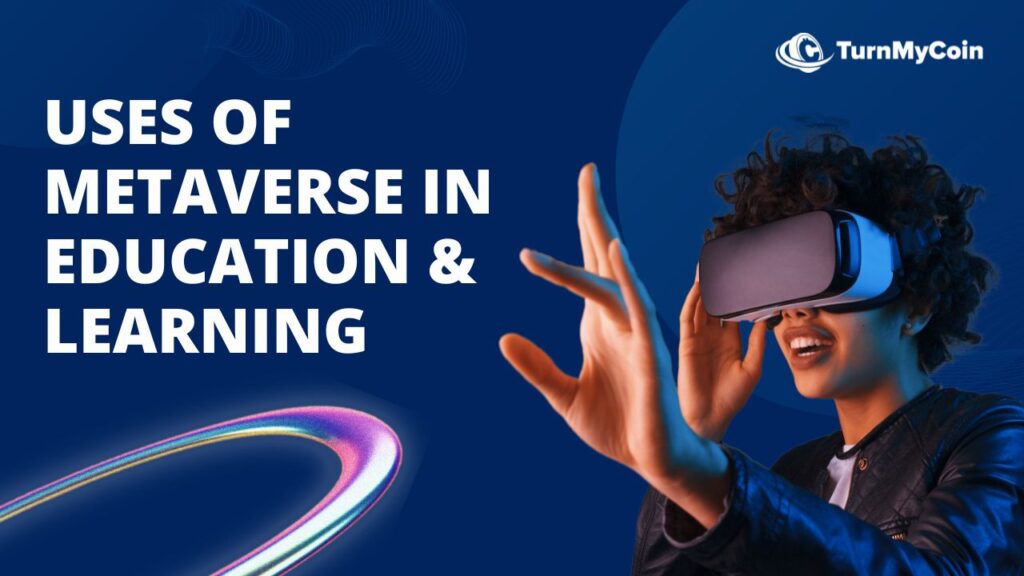Last updated on March 7th, 2023 at 11:49 am
Introduction
The metaverse, a term coined in Neal Stephenson’s 1992 science fiction novel “Snow Crash“. It refers to a shared virtual space where users can interact with each other and virtual objects and experiences.
In recent years, the concept of the metaverse has gained renewed attention. Due to the development of virtual and augmented reality technologies, it can be revolutionized in a number of ways.
Imagine being able to visit ancient Rome or the surface of Mars without ever leaving the classroom or participating in a simulated lab experiment that would be too dangerous or expensive to do in real life.
Metaverse allows for the creation of virtual environments. It can be customized and tailored to specific educational goals and objectives. Metaverse can be an ideal platform for experiential learning. Here in this article, we will explore the uses of metaverse in education and learning.
What is Metaverse?
As mentioned earlier, the metaverse is a virtual world or shared virtual space. Here users can interact with each other and virtual objects and experiences. It is a concept that originated in science fiction literature.
I am sure you have watched or heard of Jonny Quest and the Quest World. Metaverse is at the inception of the concepts that are displayed there.
Metaverse has gained renewed attention in recent years with Facebook investing heavily in it. Devices such as VR headsets, smartphones, or computers can access the metaverse. Users can navigate and interact with the virtual environment using various input methods.
For Example, hand gestures, voice commands, or physical controllers. The concept of the metaverse encompasses a wide range of virtual environments.
It will include online multiplayer games, virtual reality social media platforms, and immersive educational and training simulations. It has the potential to revolutionize how we communicate, socialize, and learn. Which can be explored for a variety of applications, including education, entertainment, commerce, and more.
You can view More on What is Metaverse?
Uses of Metaverse in Education?
1. Virtual 3D classrooms
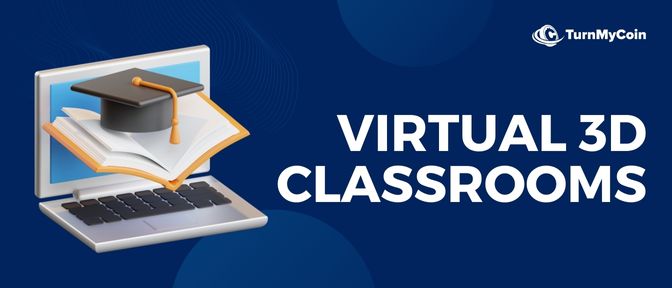
One uses of metaverse in education is the creation of virtual 3D classrooms. Which can provide immersive, interactive learning experiences for students.
These virtual classrooms can be customized and tailored to specific educational goals and objectives. It can be accessed from anywhere, making them an ideal platform for distance learning.
In a virtual 3D classroom, students can attend lectures, participate in group discussions and projects. Users can interact with their instructors and classmates in real-time. They can also explore virtual environments and simulations that are relevant to the material being covered.
It is a more experiential and hands-on approach to learning. Virtual 3D classrooms can also be useful for professional development and training. This will allow employees to learn new skills and concepts in a simulated environment without the need for costly physical resources.
2. Digital Learning
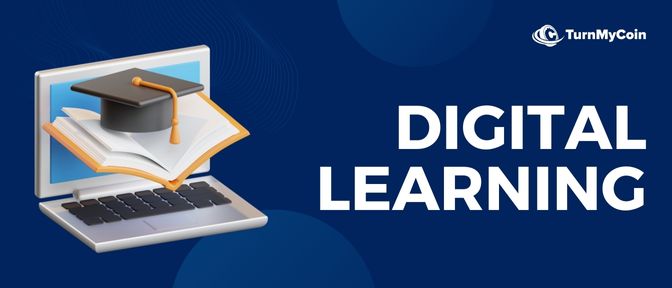
Another one of the uses of metaverse in education is digital learning. It means the use of technology to facilitate learning and instruction. The metaverse can be used to create virtual environments and simulations.
It can be accessed online, providing students with a flexible and convenient way to learn at their own pace.
One of the key benefits of digital learning is that it allows for personalized and self-directed learning. As students can choose the learning materials and activities that best suit their needs and interests.
This can help to foster a sense of agency and autonomy in learners. It will allow them to take a more active role in their own education.
In addition to providing students with a more flexible and personalized learning experience, digital learning also has the potential to make education more accessible for students who may not be able to attend traditional in-person classes due to geography, disability, or other factors.
Overall, the metaverse has the potential to revolutionize digital learning by providing immersive and interactive learning experiences.
It can be accessed from anywhere as virtual and augmented reality technologies continue to advance, it is likely that the metaverse will play an increasingly important role in the education sector.
3. Virtual Campus Activities
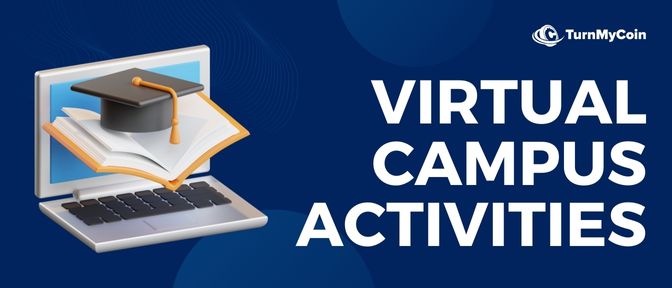
Another important use of metaverse in education is the creation of virtual campus activities. This way it can provide students with a way to socialize and engage in extracurricular activities in a virtual environment.
Virtual campus activities can include everything from virtual clubs and organizations to sports and recreational activities. It can be accessed from anywhere with an internet connection. This can be especially beneficial for students who may not have the opportunity to participate in these types of activities in person due to geography, disability, or other factors.
In addition to providing students with a way to socialize and engage in extracurricular activities, virtual campus activities can also help to foster a sense of community and belonging among students. This can be especially important for students who are studying remotely.
Such uses of metaverse in education have the potential to revolutionize the way students participate in extracurricular activities. As virtual and augmented reality technologies continue to advance, it is likely that virtual campus activities will become increasingly common in the education sector.
4. Interdisciplinary Learning
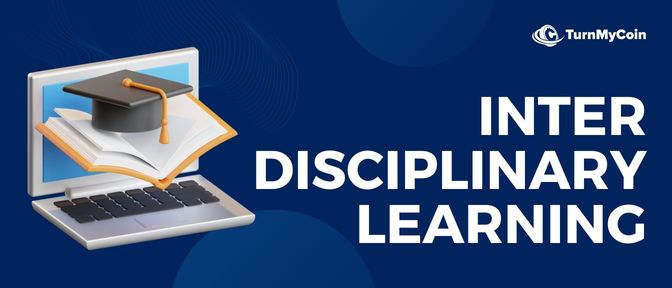
Use of metaverse in education has the potential to facilitate interdisciplinary learning, which refers to the integration of multiple academic disciplines in order to gain a more holistic understanding of a particular subject or issue.
One way in which the metaverse can facilitate interdisciplinary learning is through the creation of virtual environments and simulations that allow students to explore and interact with multiple subjects at once.
Let’s see one of the examples of uses of metaverse in learning. A virtual environment that simulates a city could be used to teach students about subjects such as geography, economics, and sociology, all in one place.
Another use of metaverse in learning is, it can facilitate interdisciplinary learning by providing a platform for students to collaborate and work on projects with their peers from different disciplines. This can help students to develop a more well-rounded understanding of a subject, as they are able to approach it from multiple perspectives.
5. Learning about Social Issue
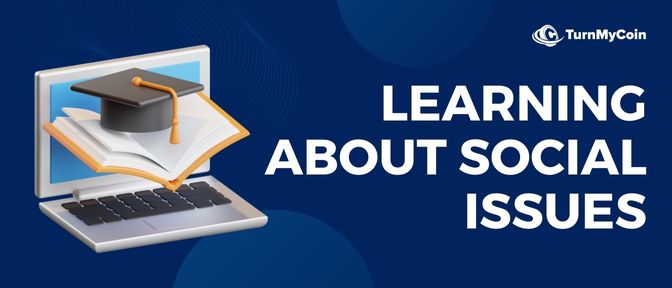
One of the high potential uses of metaverse in education is the use of virtual environments and simulations to bring awareness to social issues and promote social justice.
Virtual environments and simulations can provide students with a more immersive and interactive way. To learn about and engage with social issues, allowing them to better understand. The root causes and consequences of these issues are in a more tangible way.
Let’s see an example, a virtual simulation that simulates the experience of living in poverty could help students.
To get a better understanding of the challenges and barriers faced by individuals living in poverty, and the ways in which systemic inequalities contribute to these challenges.
In addition to providing students with a more immersive learning experience. The metaverse facilitates discussions and dialogue about social issues, allowing students to share their thoughts and ideas with their peers and instructors in a safe and supportive environment.
6. Hands-on-practice
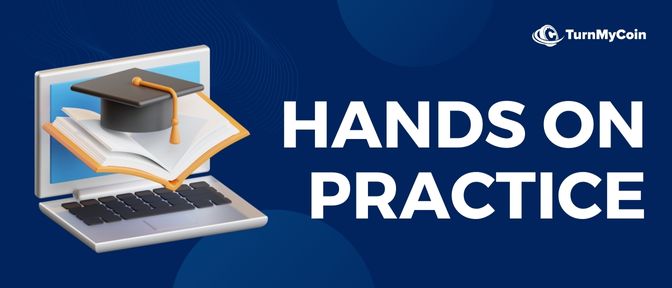
Virtual environments and simulations can be used to create simulations of real-world situations and scenarios. It will allow students to practice and apply what they have learned in a more immersive and interactive way.
This can be especially useful for subjects that require hands-on practice, such as science, engineering, or technical subjects.
For example, a virtual simulation allows students to practice conducting experiments or operating equipment in a safe and controlled environment, without the need for costly physical resources.
This can provide students with a more authentic learning experience and allow them to gain practical skills and knowledge that they can apply in the real world.
Overall, the metaverse has the potential to revolutionize experiential learning by providing immersive and interactive environments that allow students to practice and apply what they have learned in a more hands-on way.
Uses of Metaverse In Learning of Different Subjects
History
Metaverse can be used to teach history through the creation of virtual historical reenactments and simulations. These virtual environments can allow students to explore and interact with historical events and places in a more immersive and engaging way.
Helping them to better understand and remember the material. For example, a virtual simulation of ancient Rome could allow students to explore the city, visit historical landmarks, and learn about the daily lives of its citizens. This could be paired with traditional lectures and readings to provide a more well-rounded understanding of the subject.
Geography
Metaverse can be used to teach geography through the creation of virtual geographical simulations and environments. These virtual environments can allow students to explore and interact with different regions and landscapes in a more immersive and engaging way.
It will help them to better understand and remember the material.
For example, a virtual simulation of a specific region or country could allow students to explore the landscape, visit geographical landmarks, and learn about the culture and history of the area. Pairing this with traditional lectures and readings could provide a more well-rounded understanding of the subject.
The metaverse can also facilitate discussions and dialogue about geographical issues and phenomena, allowing students to share their thoughts and ideas with their peers and instructors in a virtual environment, in addition to providing virtual geographical simulations and environments.
Literature
One of the great uses of Metaverse in education is in Literature.
Metaverse can allow students to enter the world of the story, thereby exploring it in a more immersive and engaging way. Consequently, this helps them to better understand and remember the material.
Students can experience a novel. Using virtual simulation allows them to visit locations, interact with characters, and watch scenes unfold. Additionally, by using virtual worlds and simulations, the metaverse can also facilitate discussions about literature.
This way students can share their thoughts and ideas with their peers and instructors in a virtual environment.
Conclusion
There are many uses of metaverse in education and learning that can revolutionize the way we learn and understand things. Its immersive and interactive nature allows for the creation of engaging and interactive learning.
Metaverse can provide experiences that can be accessed from anywhere and at any time. From virtual classrooms and online degree programs to interactive simulations and virtual reality training.
Metaverse can offer a wide range of possibilities for educators and learners. As technology advances, educators can expect to incorporate more innovative and exciting uses of the metaverse in learning.
